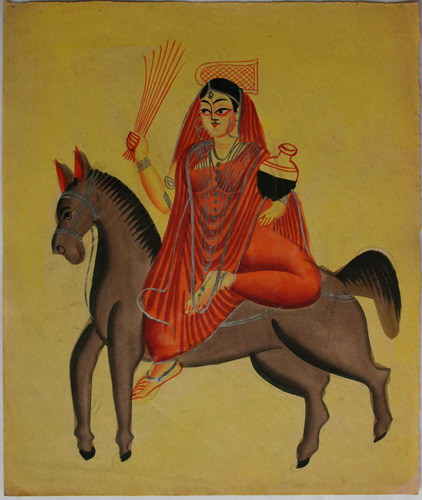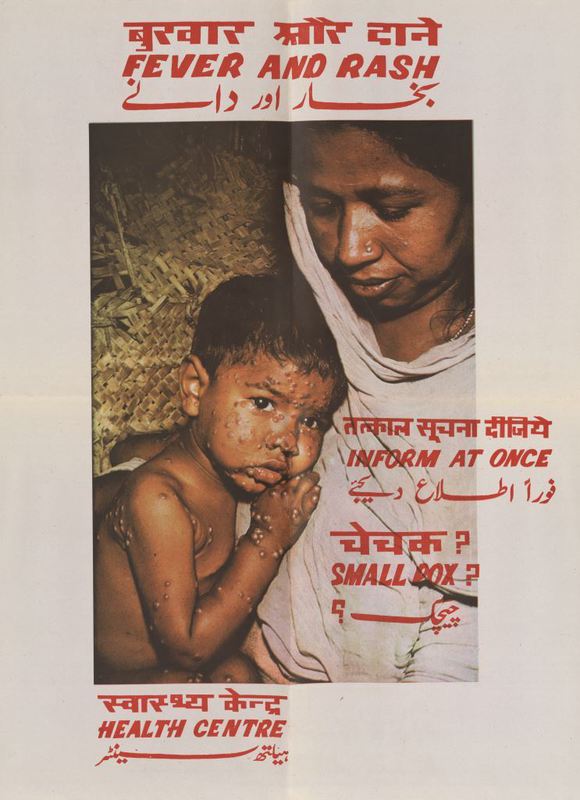Smallpox in India, pre-1972
In the early 1960s, India accounted for nearly 60 percent of the reported smallpox cases in the world. (Tucker 90) Because of the stigma and social isolation associated with the disease, numerous cases went unreported. Of greater concern was that particular strain of smallpox found in India was far more deadly than the strains found in West Africa. In response to the situation, in 1962 the government of India launched the National Smallpox Eradication Program (NSEP) with a focus on mass vaccination of the population. It poured money into the vaccine manufacturing industry and hired healthcare workers to perform inoculations. By 1966 approximatively 60 million primary vaccinations and 440 million re-vaccinations were performed. (International Smallpox Assessment Commission 3-5) However, by 1967, it was clear to everyone that the campaign was unsuccessful; the number of smallpox cases in India was increasing.
Several reasons were identified for the failure. One of the greatest logistical reasons was the sheer number of people in the country who were mobile, whether due to political or ethnic tensions, economic needs, or education. This was complicated by individual reluctance and refusal to participate in the vaccination programs due to distrust or religious reasons. Other barriers were administrative: no one wanted to admit that a smallpox outbreak had occurred because of economic impacts. In addition, the type of vaccine that was used -- a liquid that deteriorated in the heat -- and the method of vaccination -- via a painful rotary lancet -- meant there were insufficient supplies coupled with fear of the innoculation process.
In September 1970, on the basis of recommendations of an assessment team, a Plan of Operation was signed by the Government of India and the World Health Organization (WHO). The following year, four WHO medical officers arrived in India in 1971 to spearhead the revised eradication campaign.

Challenges of mass vaccination


